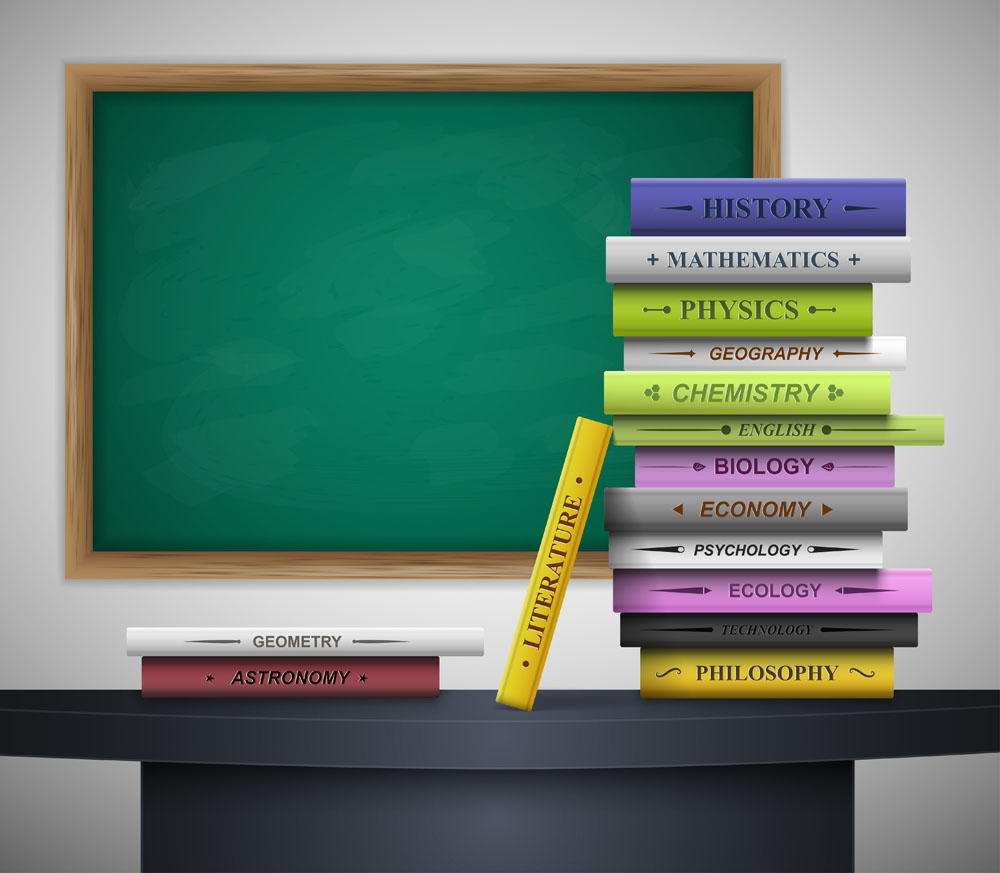摘要:今天,为AP考生们搜集整理了关于AP微观经济学基础知识要点,值得借鉴。 Chapter 1 Basic Economic Concepts Economics is the study of how societies use scarce resources to produce valuable commodities and distribute them among different people. 1. Principles Are Derived At Two Levels: Macroeconomics: is concerned with the overall performance of the economy. Macro looks at totals or aggregates to examine the big pictu
今天,为AP考生们搜集整理了关于AP微观经济学基础知识要点,值得借鉴。
Chapter 1
Basic Economic Concepts
Economics is the study of how societies use scarce resources to produce valuable commodities and distribute them among different people.
1. Principles Are Derived At Two Levels:
Macroeconomics: is concerned with the overall performance of the economy. Macro looks at totals or aggregates to examine the "big picture".
Microeconomics: is concerned with the behavior of individual entities such as markets, firms and households. Micro looks at the "trees not the forest".
2. Economic Goals:
Positive economics collects and presents facts. It avoids value judgments. Positive economics concerns WHAT IS — what the economy is really like.
Normative economics involves value judgments about what the economy should be like or which policies are best. Normative economics embodies subjective feelings about WHAT OUGHT TO BE — examining the desirability of certain conditions or aspects of the economy.
3. Scarcity:
Scarcity is the situation that exists when they are not enough resources to meet human wants.
Necessity vs. Wants
Wants multiply over time with new products and income/
Human wants tend to be unlimited, but resources are limited
Resources in economy is anything that can be used to produce a good or service. Four types of resources are:
Land — All natural resources
Fields
Forest
Sea
Mineral deposits
Gifts of nature
Labor — Human Resources
Manual
Clerical
Technical
Professional
Managerial
Capital — form the durable goods of an economy
Factories
Office building
Machinery
Tools and equipment
Use of technology
Use of available information
Entrepreneurship — a particular type of human resource
Business innovator
Sees opportunity to make profit
Uses unexploited raw materials
Takes risk with new product or process
Brings together land, labor, capital
Resource Payments — note the special terms used
Land - Rent Labor - wages and salaries Capital - Interest Entrepreneurship – Profit

Summary:
Economists deal with the problem of scarcity. Scarcity requires that people and companies make choices. To get one thing, we often must give up another. The Opportunity Cost is the value of the good or service forgone.
4. Production Possibility Curve:
PPC is an economic model to demonstrate opportunity costs and tradeoffs. It shows the various combinations of goods that a society can have given its current level of resources, technology, and trade. Table:ABCDE
Pizza (000,000)01234
Robots (000)109740

Each point on the curve represents efficiency. The economic resources are being used to produce the maximum amount of goods and services.
Choice is reflected in the need for society to select among the various attainable combinations lying on the curve.
The concave shape of the curve implies the law of increasing opportunity cost, defined as within production switches from one product to another, increasing amounts of resources are needed to increase the production of the second product. The slope of the PPC curves becomes steeper as we move from A to E. The reason lies in the fact that economic resources are not completely adaptable. A straight line would mean constant opportunity cost.
Points inside the curve may signal unemployment or underemployment of labor and other resources.
Economic growth (and a movement outward of the curve) occurs because of discovering new resources, inventing new technology, or engaging in more trade. For example, new discoveries of raw materials (diamonds in Australia, or oil on the North Slope of Alaska), improving the educational level or training of labor (Job Corps or company-sponsored job training), and new technology (robots in factories or the microchip).

Consumer Goods vs. Capital Goods:
Consumer goods directly satisfy out wants, while capital goods satisfy indirectly since they permit more efficient production of consumer goods.
A current choice favoring more consumer goods will result in only a modest movement to the right in the future.
A current choice to produce a greater portion of capital goods with the available resources can result in a greater rightward movement in the future.

以上即是本次为AP考生准备整理的AP微观经济学基础知识要点(一),未完待续,请参阅AP微观经济学基础知识要点(二)。
(AP课程包括:AP生物、AP美国历史、AP计算机、AP心理学、AP欧洲史、AP化学、AP英美文学、AP微积分、AP物理、AP化学等。AP师资团队全部是由顶尖名校毕业、且AP教学时长在3000个小时以上的教师亲授课程。授课方式:一对一全程名师督导备考陪同,量身定制互动直播授课,点题讲题破题一步到位,反复实战演练,助力AP考生备考冲刺5分。)
咨询课程顾问,免费领取全套AP考试指南和真题学习资料。
针对2018年的AP考试,开设“AP基础课程、强化课程、刷题模考课程、冲刺课程”。想快速提分的同学可以在线咨询客服,了解课程详情,预约名师1V1试听课;为你量身打造专属AP学习方案;即可免费领取AP考试学习资料/视频课件/直播公开课/AP模考题库/AP报考白皮书!

